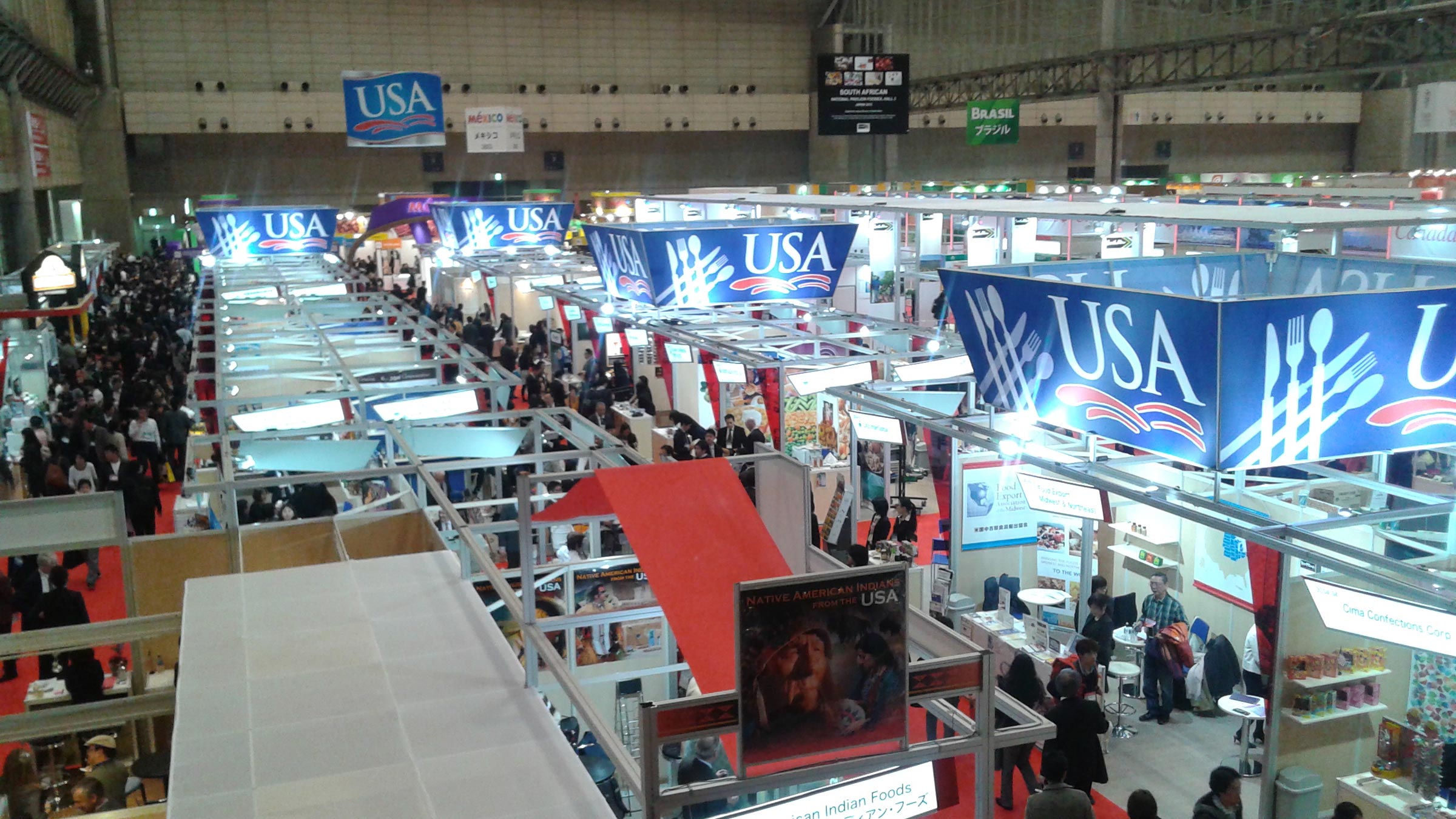
COUNTRY PROFILE
Discover more about the Central America market. Events, resources, and more are linked throughout the profile.

$2.1 billion
total U.S. exports of processed foods to Central America in 2023

3.8%
growth rate of Central America’s GDP in 2024

2 FTAs
(Free Trade Agreements) with Central American Countries
The Georgetown Journal of International Affairs reported that Central America is a region with high economic growth potential, something the region has demonstrated when not held back by global economic turbulence, such as that from the 2008 Financial Crisis, or the COVID-19 pandemic. Despite its high exposure to international financial markets, the region has been growing at a steady pace and raising living standards. However, the region must diversify its economies, invest more in education, enhance intra-regional cooperation to remain competitive in global markets, and maintain sustainable levels of economic growth.
Continued reliance on agricultural exports and slower progress in schooling are two concerning factors preventing the region from attaining higher growth and development conditions. Upskilling the Central American workforce to be more qualified for non-agricultural sectors of the economy, such as manufacturing and services, represent strategic opportunities for Central American economies to increase their competitiveness in the global economy. However, the Global Economic Prospects report by the World Bank predicted that the growth rate of Central America’s GDP would be 3.6% in 2023, and it will slightly increase to 3.8% in 2024. Countries included in this regional assessment include Costa Rica, Guatemala, El Salvador, Honduras, Nicaragua, and Panama. The U.S. has two Free Trade Agreements (FTAs) with all these countries.
These markets and most countries within this region share the following characteristics: There is a strong preference for U.S. products. Importers like doing business with U.S. exporters because they are viewed as reliable and trustworthy. The majority of populations perceive U.S. products as higher quality and safer than local foods and other products from Central America. In most cases, U.S. products have strong name recognition and set the standard for the competition. Supermarket and hypermarket chains are expanding into multiple markets in the region. Local representation is important and personal, direct contact is seen as critical in doing business in this region.
Importers may also be wholesalers and have national and in many cases multinational distribution. Most of the markets are smaller in size and consolidation of less-than-container-load (LCL) shipments is important, often using freight forwarders or consolidators out of the ports of Miami. Brand promotion and advertising are widely used to build brand recognition. It is recommended that U.S exporters support their importers/distributors/agents with promotional funds. Since consumers are familiar with U.S. products, it is that much more important for companies to provide samples of unknown products to consumers to build brand awareness and preference. Effective market promotion can overcome price sensitivity and retailers are open to this and will readily participate.
Central American markets also import significant amounts of U.S. processed foods as well. In 2022 the total was nearly US$2.2 billion, which was also good growth of 15% from the prior year, and an all-time record high. In 2023, U.S. exports of processed foods to Central America dropped 3% to US$2.1 billion. This equates to US$72 million, which adds to the U.S. trade deficit in food and agricultural products.
Top U.S. processed food exports to the region in 2023 included:

$20.6 billion
retail sales value of packaged food in 2023

31.8%
growth rate of retail sales value of packaged foods since 2019

$27.9 billion
expected market size of packaged food by 2028
Euromonitor International, a market research provider, reported that the retail sales value of packaged food in Central America was expected to reach US$20.6 billion in 2023. That represented a growth rate of 31.8% since 2019 and a dollar amount of US$4.9 billion. The forecast through 2028 is also promising. Euromonitor predicts an increase of 27.3% and a value of US$5.9 billion for a market size of US$27.9 billion from 2024.
High growth products in the forecast include:
